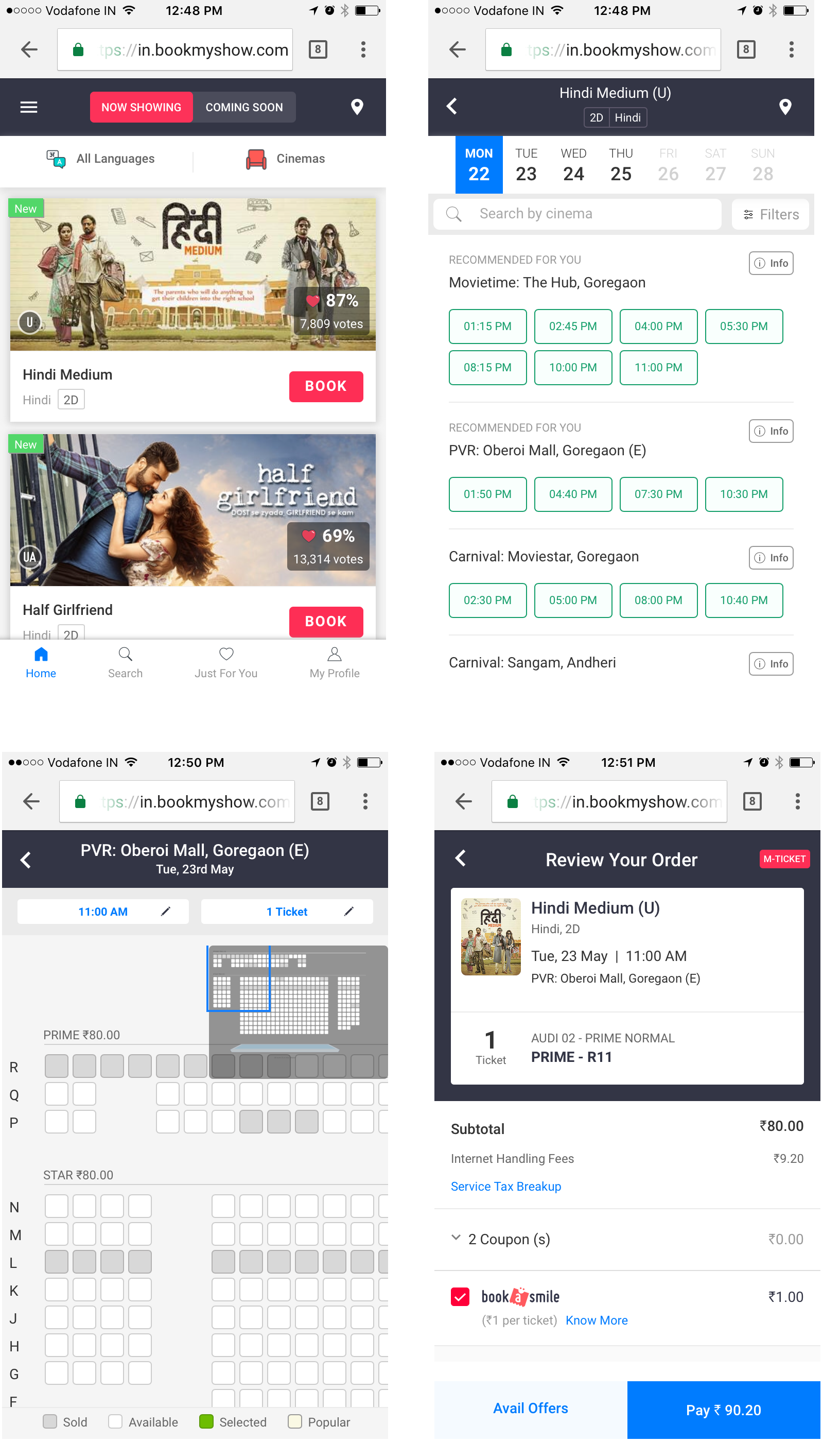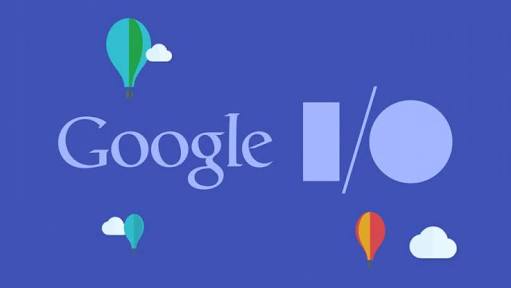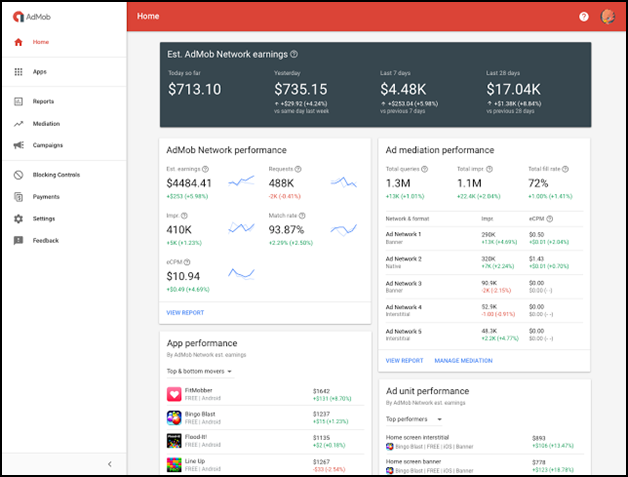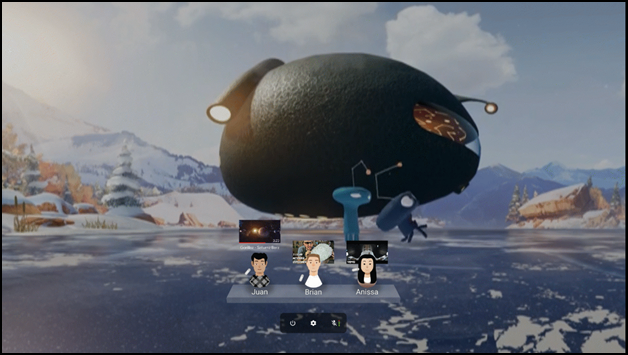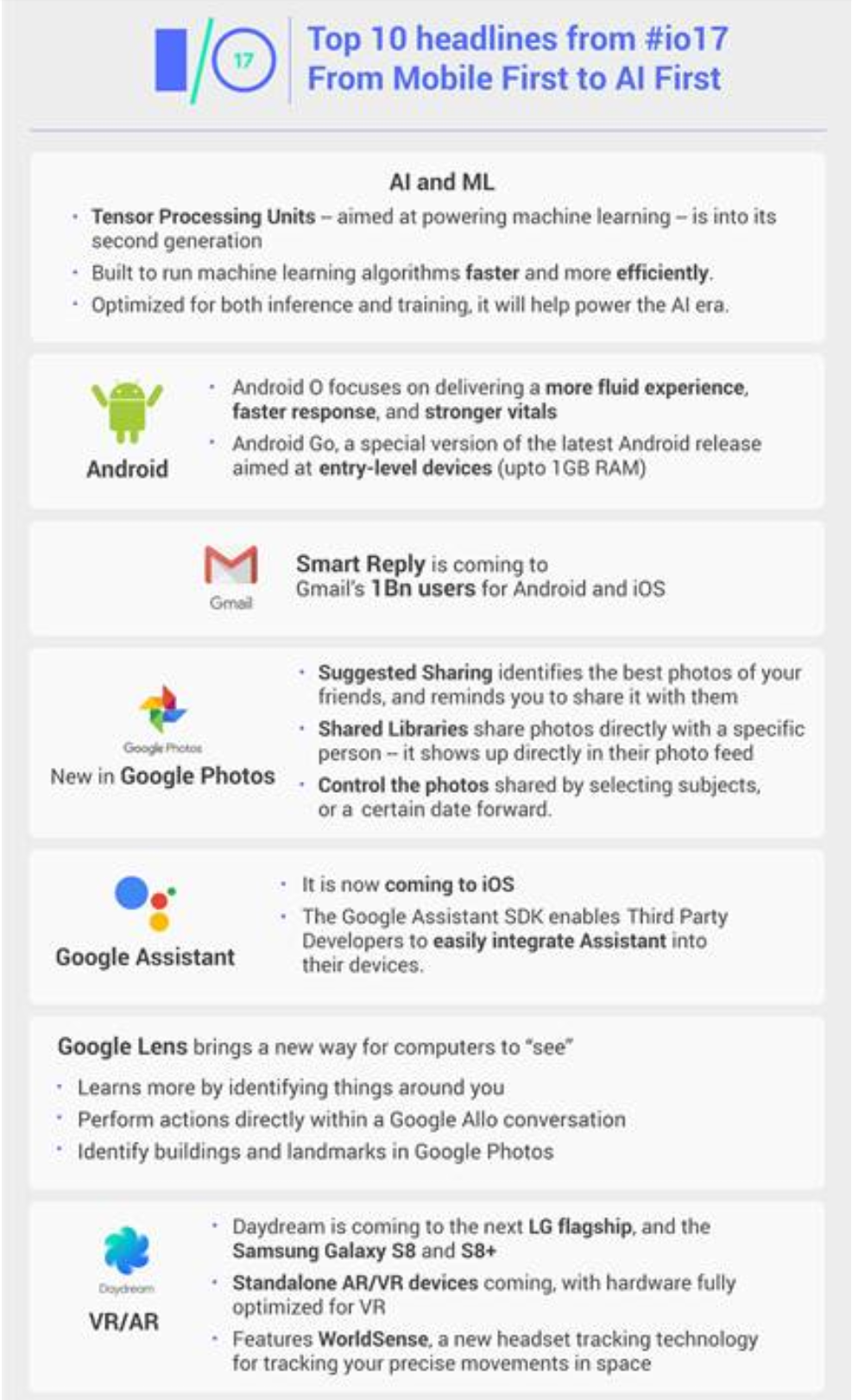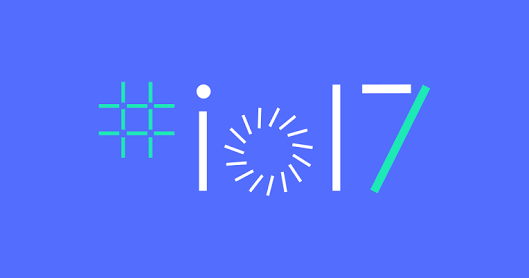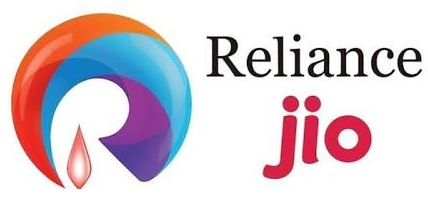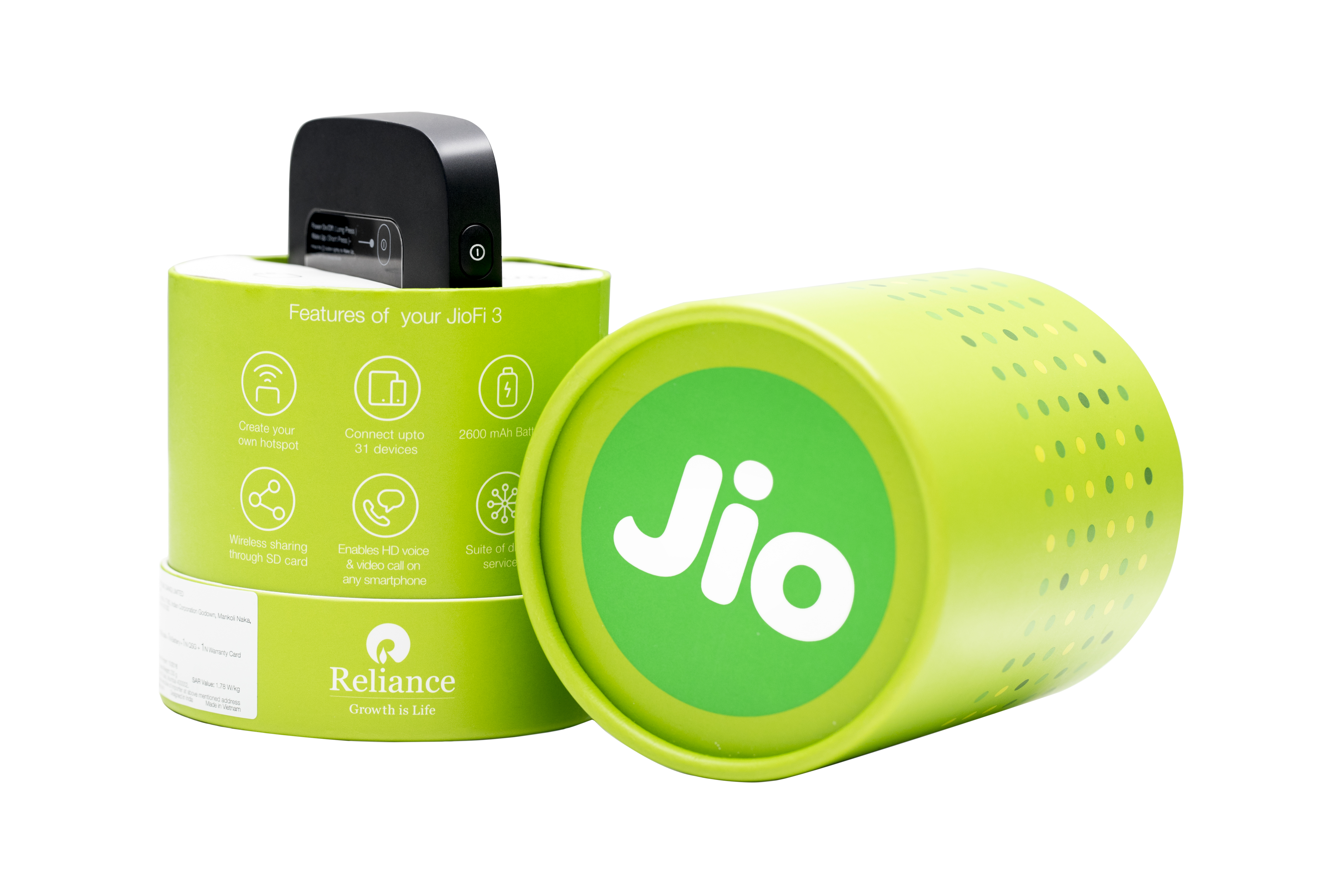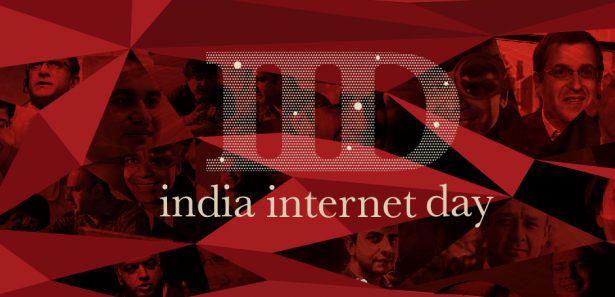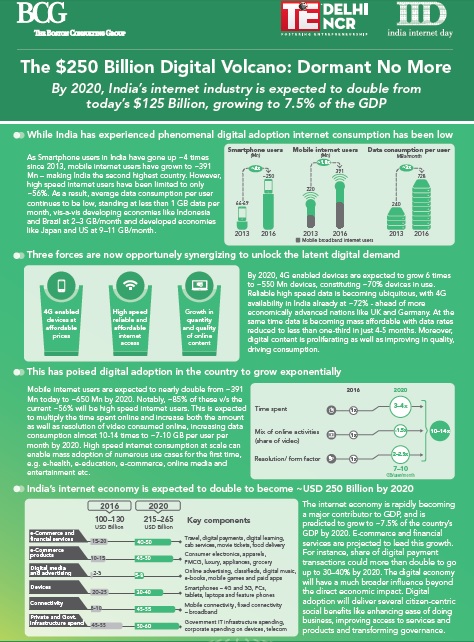BookMyShow have announced that it has successfully rolled out its new in-app messaging feature Plan it to all its users on Android as well as on iOS. BookMyShow Plan it allows friends and families to interact with each other in real time, suggesting movies, show times, venue options and eventually complete the movie tickets booking – all without having to toggle between BookMyShow and other instant messaging apps or phone calls to arrive at a decision.
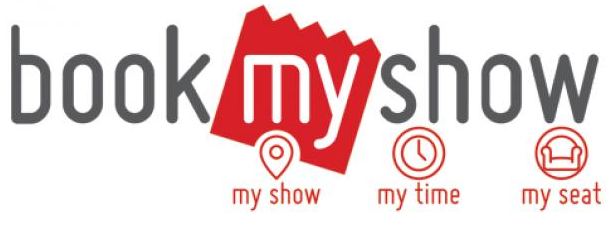
Not only this saves users the hassle of coordinating through endless trails of messages across multiple mobile phone windows, the in app messaging feature also simplifies, aids and enhances the movie booking process. With this, BookMyShow has blended social conversations into its app functionality while building on conversational commerce as the backbone.
BookMyShow Plan it automatically allows users to add friends from their phone books and start chatting. They can either initiate private one-on-one conversations or create a group to start discussions on movies. Similar to other popular instant messaging apps, Plan it supports encrypted conversations, multiple conversation threads at a time, lets users receive notifications, see when their friends are typing a message or are online and know when a message has been read.
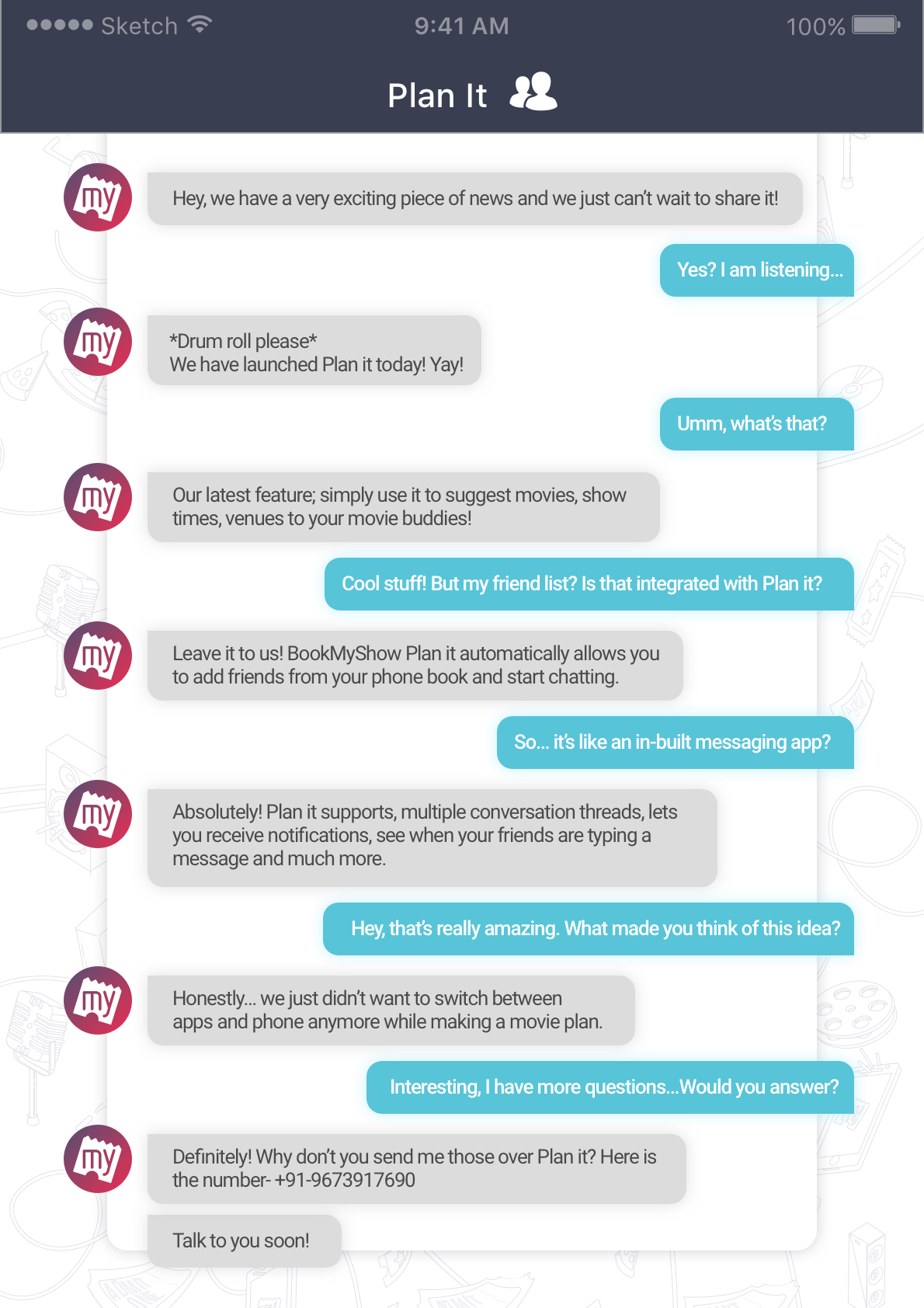
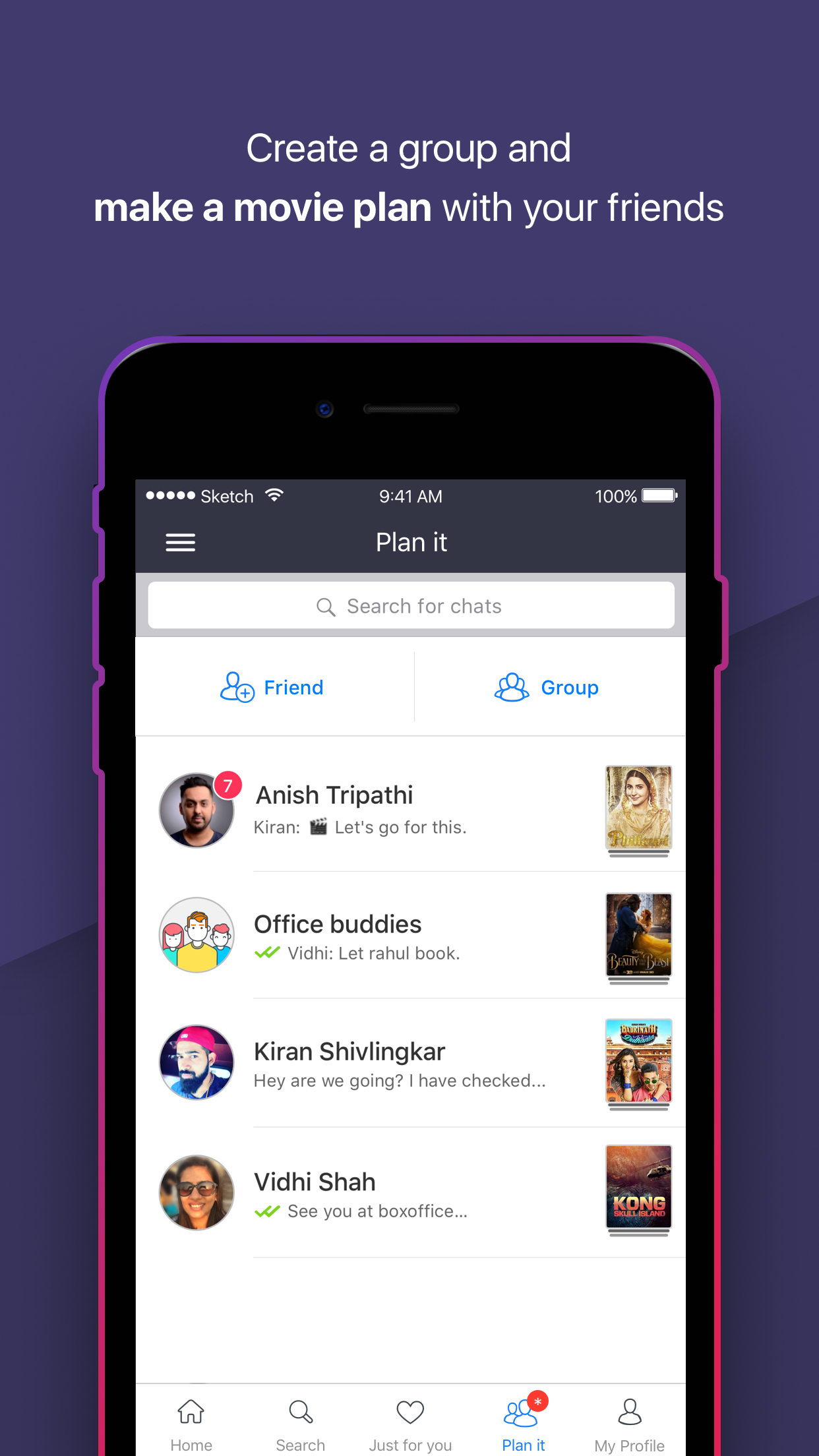
Ravdeep Chawla, Head of Product, BookMyShow said
Movie watching in India is more of social affair or experience. With this in mind, we integrated Plan it within the BookMyShow app to address a critical pain point of our user- the hassle to switch between multiple modes of communication while arriving at a movie going decision. BookMyShow Plan italso underlines a strong mobile centric approach. A feature such as this made absolute sense to us since over 75% transactions on BookMyShow happen over mobile.
Plan it has been conceived, designed and built by the in-house technology team at BookMyShow, keeping the users and their experience and journey on BookMyShow at the core. We are confident that Plan it will result in increased user engagement on our platform while improving and enhancing the overall experience on BookMyShow.
All BookMyShow app users need to only update their apps to start using this amazing feature and seamlessly interact with their friends and family while making a movie plan. Existing Plan it users can also introduce this feature to others simply extending an invitation to them throughany of the social sharing platforms including Whatsapp, Facebook, or even through SMS. The feature has already facilitated over 130k [1,30,000] movie plans and has more than 70,000 active users per day.
About BookMyShow
BookMyShow is India’s largest online entertainment ticketing platform that allows users to book tickets for movies, plays, sports and live events through its website, mobile app and mobile site. Founded in Mumbai in 1999 and launched in 2007, BookMyShow is now present in over 400 towns and cities across India, currently meeting the entertainment demands of millions of customers. For more information, please visit BookMyShow


